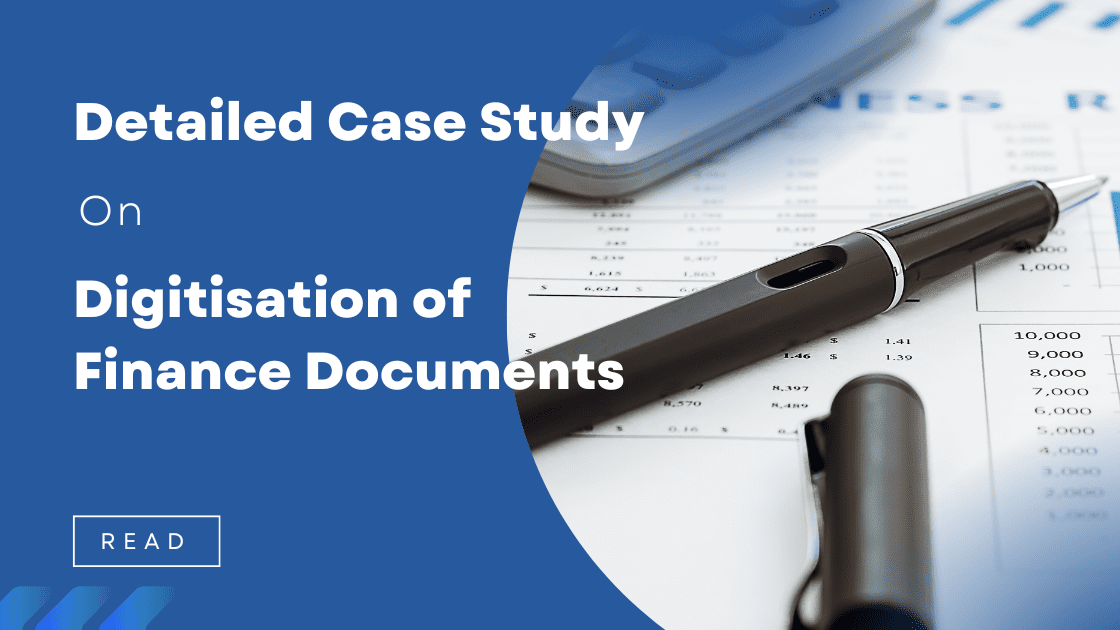An Evolving Accounts Payable Department in an Indian Multinational Company
“A strategic approach to optimizing the cash management’’
Major Scope –
An Indian multinational company headquartered in Bangalore providing business consulting, information technology, and outsourcing services decided to accomplish a better cash flow system to regulate the precise and quicker processing of the transaction documents for the accounts payable/receivable processes.
Client Vision –
- Exponentially fast invoice processing and approval.
- Timely payments.
- Integrations with existing finance systems.
- Customized workflow.
- Monitor performance and productivity.
- Steer clear of late payments and loss of paper data.
- Better relationships with vendors.
- Controlled access to the payment cycle.
- Pinpoint delays.
- Payables are routed to predetermined business processes.
- Multinational functionality to build a global supplier network.
- Validate supplier invoices against contract terms and associated POs to ensure billing accuracy.
- Review all reconciliations to reduce the likelihood of overpayment or duplicate payments.
Roadmap for Digitization –
A highly trained and experienced team of Tyrus Technologies Private Limited, a Document Digitization company headquartered in Bangalore, initially studied the client’s business process and operational needs.
We created a detailed process document with its allied documents. The team could accomplish the task of developing customized software owing to an outstanding customer handling process. We put forward the concept of a centrally processed office where all the account data will get classified, digitized, and uploaded to the database to eliminate errors and disorientations. The suggestions in smoothening customer relations and rapport-building came in very handy.
Scope Identified –
- Real-time reporting and analysis.
- Purchase team management.
- Notified payment dues.
- Multinational functionality.
- Accounting and reporting process.
- Track internal buyer practices.
- Set clear account payable metrics.
- Simplify audits.
- Optimized cash flow.
- Improved relationship with vendors.
Key Milestones Achieved –
- Custom-built Software: Software installed to regulate the cash flow system, accelerate invoice processing, and optimize payment timing.
- Single Collection Center: All the hard copy invoices were routed to the collection centre to get the data digitized and upload into the database management system to regulate a standardized approach and avoid manual errors and data loss.
- Automated Data Capture: Invoice information is automatically extracted from paper and electronic invoices. Duplicate invoices were automatically detected and flagged for review, saving time and preventing duplicate payments that require reconciliations.
- Automatic routing for approval: Automated routing of the invoices to departments for support based on the integrated workflow.
- Perfectly preserved audit trails: All approval and payment details were automatically stored in one central repository that authorized users can access at their convenience.
- Vendor Communication: Enabled communication with vendors and customers to automatically generate purchase orders (POs) for each new order, electronically validate and accept invoices, approve requisitions, track goods received and pay invoices on a timely basis.
- Notifications: The system was designed to alert to time-sensitive circumstances such as pending renewals and can create approval timers and set up alerts.
- Customized workflow: A determined route that invoices follow with proper authorization.
Results –
- Accurate payment cycle: Improvement in the delivery reception process and payment cycle due to quicker processing of documents.
- Regulates workflow: The workflow enhanced the reporting, budgeting, and auditing far more efficiently and accurately.
- Improved Business Relationships: A slow cycle time strains vendor relationships. Automated cash lays regulate the payments on time.
- Integrate with existing financial system: Seamless integration with all major economic systems, databases, and enterprise resource planning systems avoided switching back and forth between applications or re-entering data into multiple systems.
- Better Insight and Transparency: Greater visibility into the Accounts Payable process gave accountants and business leaders keen insight.
- Information security: Documents are securely stored in compliant archives that meet business regulatory requirements.
- Time-saving: It made invoice processing and approval exponentially faster.
- Reduce payment error: It virtually avoided manual mistakes like an overpayment, duplicate payments, and wrong data entry.
- Increased productivity: The AI Automated process eliminated the number of human touches per invoice, reducing the time the staff spent processing each invoice.
- Faster cycle times: It positively impacted the invoice cycle time, data capture, invoice validation, and matching.


0 responses to “Detailed Case Study on Digitisation of Finance Documents”